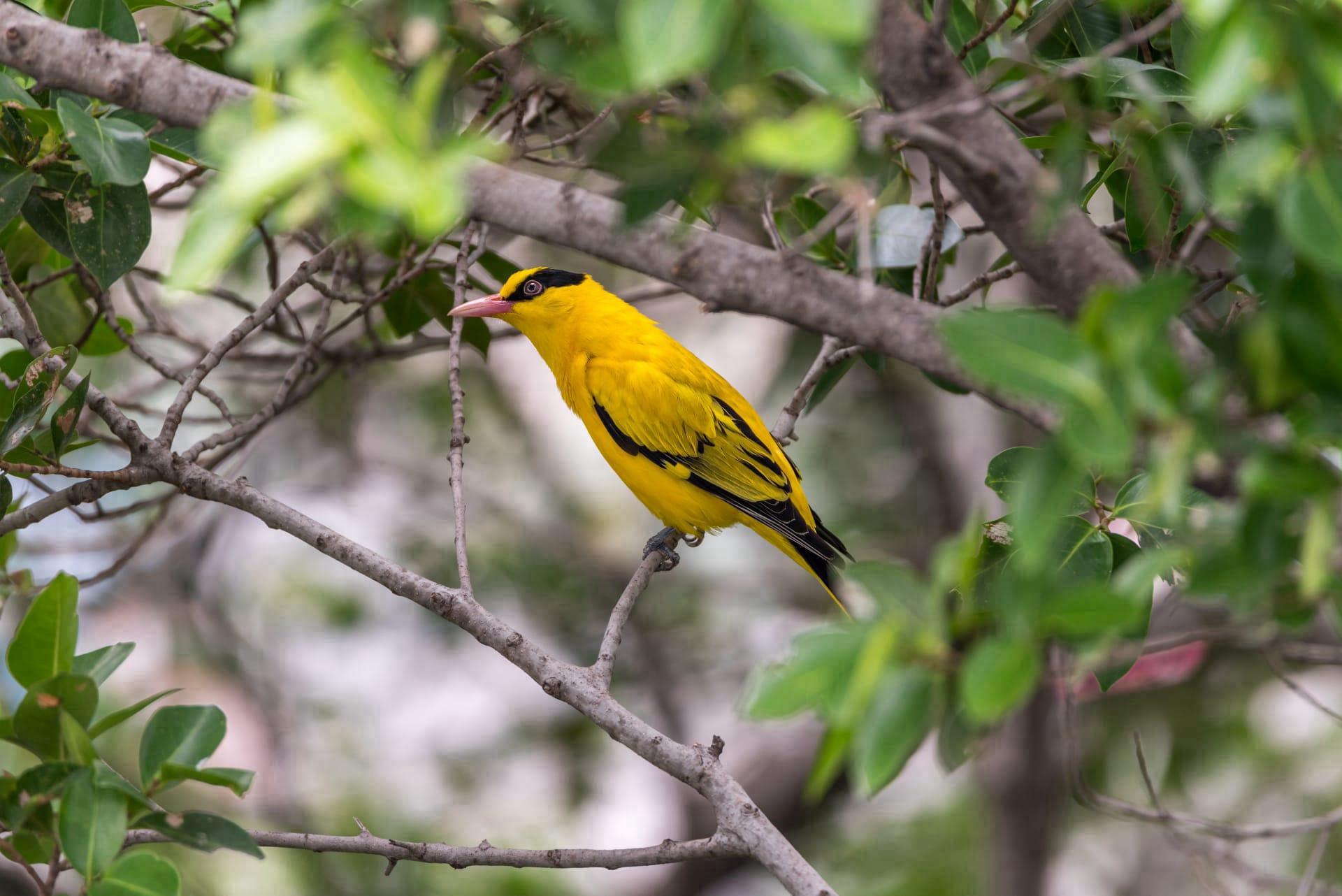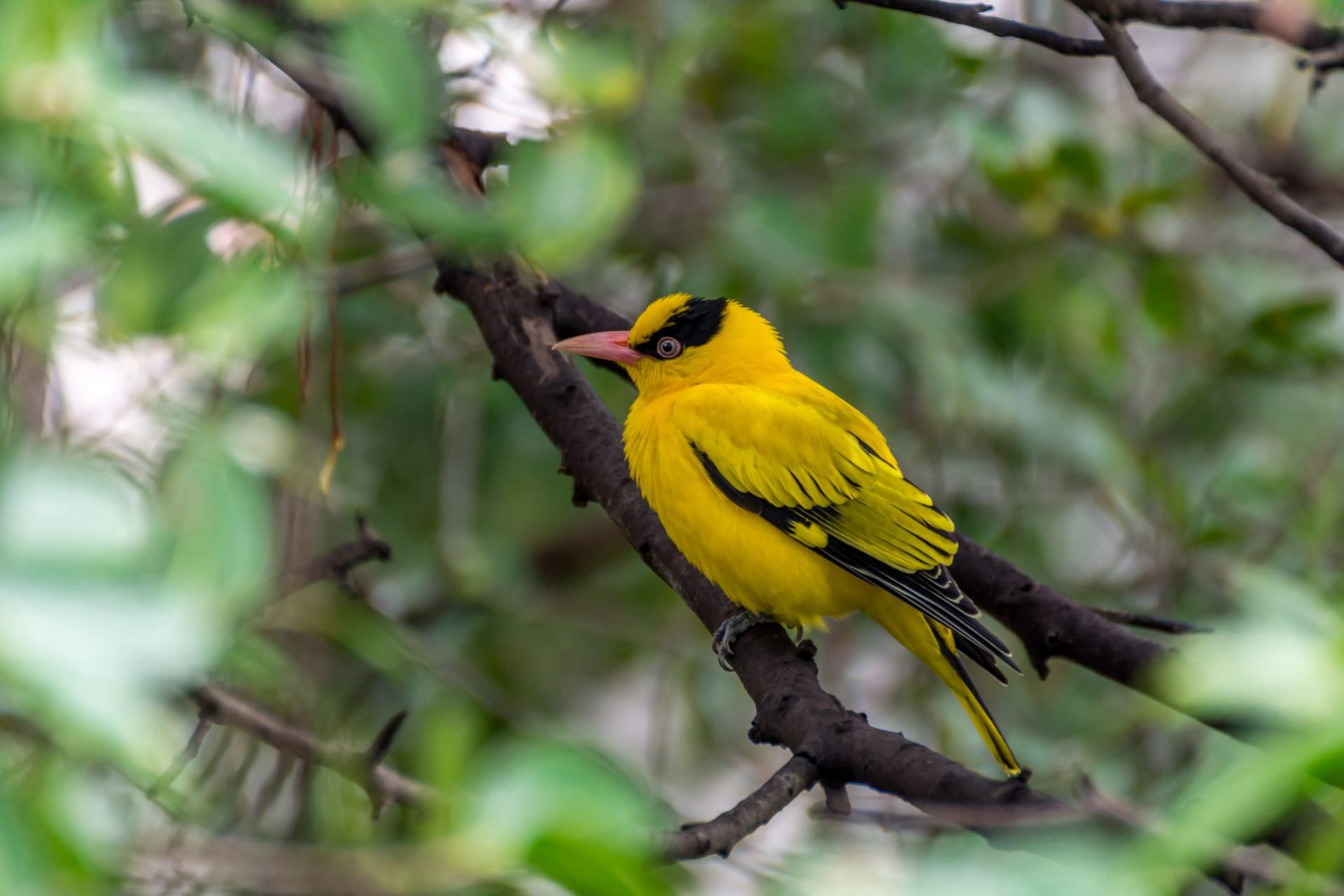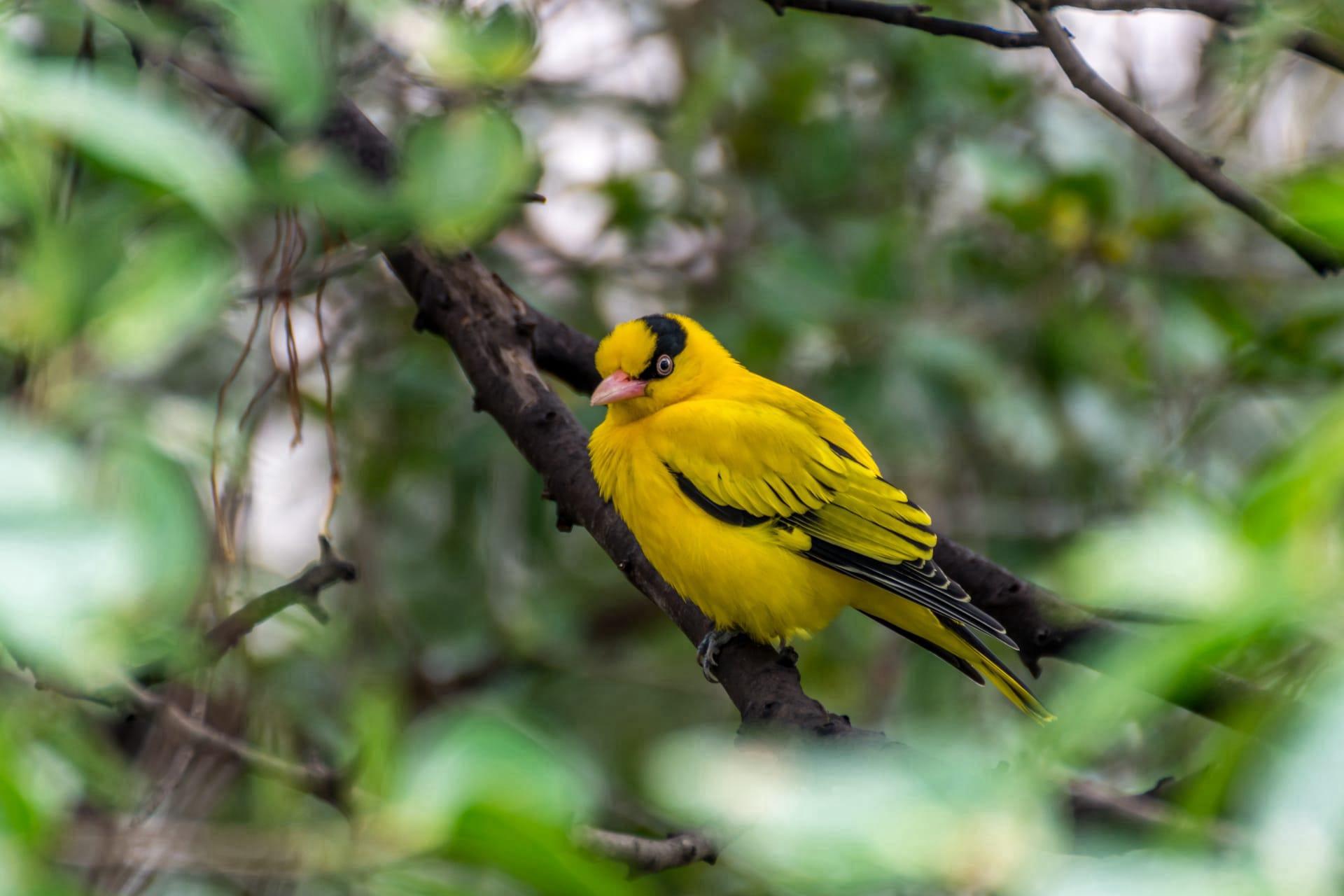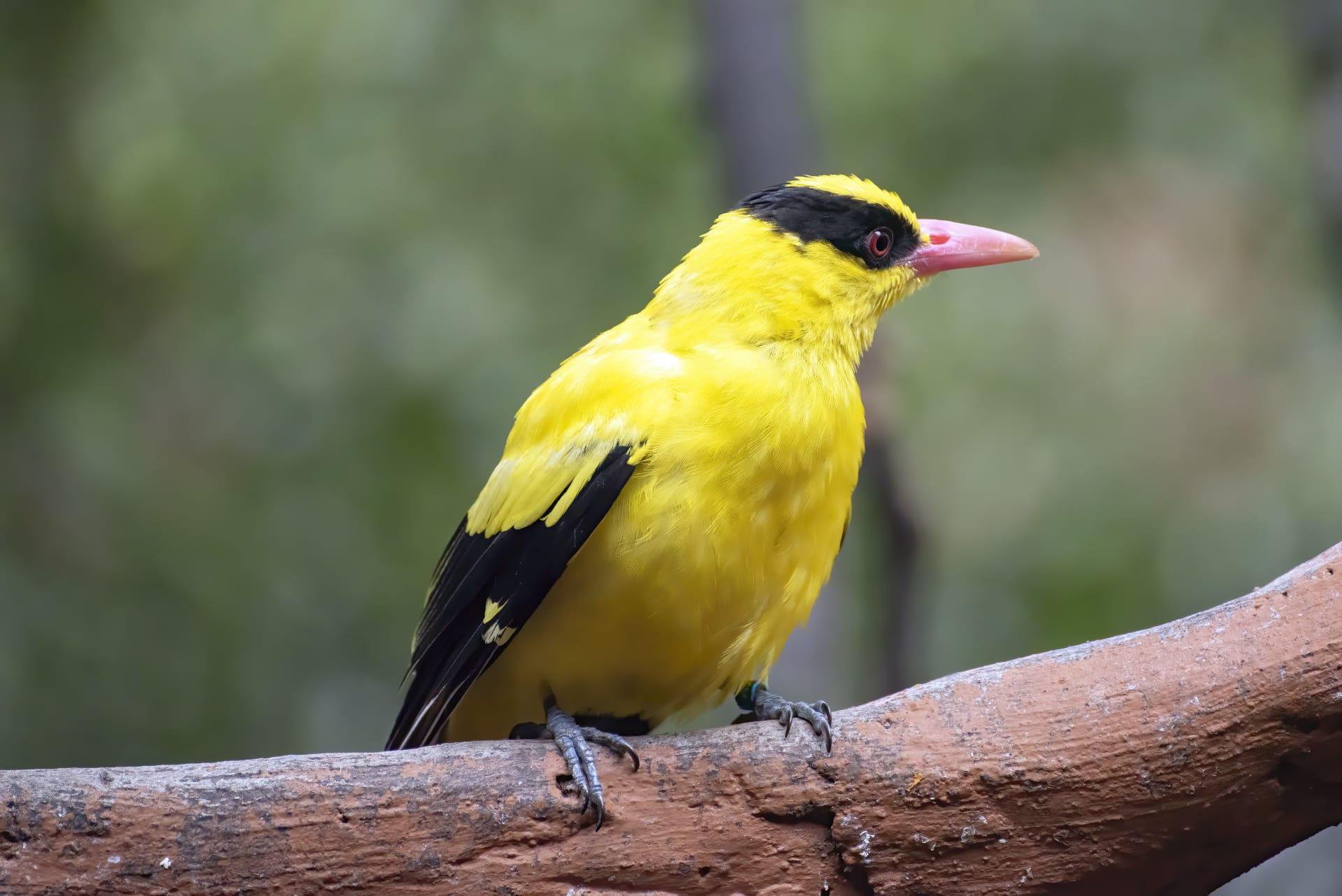1
The American Goldfinch, with its vibrant yellow plumage, is not just a feast for the eyes but also a marvel of adaptation. During winter, their feathers transform into a more subdued olive-brown, providing excellent camouflage against the bare trees and snow. This dramatic change is triggered by the reduction in daylight hours, not just temperature, a fascinating example of nature's way of seasonal adaptation.
Another intriguing aspect of the American Goldfinch is its strict vegetarian diet, a rarity among birds. They primarily feed on seeds, favoring thistles and sunflowers. Their beaks are specially adapted to extract seeds with remarkable efficiency. In fact, their preference for thistle has earned them the nickname "wild canary." This diet is so specific that their breeding cycle is timed with the peak abundance of seeds, usually later in the summer than most birds, ensuring ample food supply for their chicks.

2
Goldfinches are social birds, often seen in large flocks. However, they exhibit a unique trait during their nesting period. Unlike many birds, goldfinches are monogamous each breeding season. The male impresses the female with aerial acrobatics and singing. Once they pair up, the female builds a tightly woven cup-shaped nest, using plant fibers and spider silk. It's so well-crafted that it can hold water without leaking!
Remarkably, goldfinches are among the few bird species that can replace all their feathers twice a year. This process, known as molting, occurs post-breeding and pre-winter. The post-breeding molt is particularly extensive, resulting in a complete change of color and feather composition, which helps them blend into their winter surroundings. This dual molting cycle is a unique adaptation among North American songbirds.

3
The American Goldfinch is not just a pretty sight but also a diligent caretaker of its young. The female goldfinch is solely responsible for incubating the eggs, which takes about 12 to 14 days. During this period, the male goldfinch plays a crucial role in defending the territory and providing food for the female. Their dedication ensures a high survival rate for their offspring.
Goldfinches have a distinctive flying pattern, characterized by a series of rapid wing beats followed by a glide, known as "bounding flight." This unique flight pattern is not just a whimsical trait; it's highly energy-efficient. It allows these small birds to cover long distances without expending too much energy, crucial for their migratory journeys and daily foraging.

4
Goldfinches have a remarkable relationship with plants, particularly those that produce abundant seeds. In their natural habitat, they play a crucial role in seed dispersal. As they feed on seeds, they inadvertently drop some, aiding in the spread of various plant species. This symbiotic relationship highlights the importance of goldfinches in maintaining the balance of their ecosystems.
Another fascinating fact about goldfinches is their vocal communication. They have a wide range of calls and songs, used for different purposes. The most commonly heard is their "per-chick-o-ree" call, often sung in flight. Each goldfinch has a unique song, which they use to identify each other and communicate within the flock. Their songs change seasonally, with more complex patterns during the breeding season to attract mates and simpler calls in the winter.

5
The American Goldfinch's breeding behavior is quite unique. They are one of the last bird species to start their breeding season, typically beginning in late June or early July. This delay aligns with the peak abundance of their preferred food sources - seeds. By timing their breeding with seed availability, they ensure that their chicks have a reliable food source, crucial for their growth and survival.
Goldfinches are adaptable to various habitats but show a preference for open areas like meadows, fields, and gardens. They avoid dense forests and heavily wooded areas. This preference is linked to their feeding habits, as open areas provide better access to seed-bearing plants. Their adaptability and feeding habits make goldfinches a common sight in suburban areas, where they often visit bird feeders, particularly those filled with nyjer or sunflower seeds.